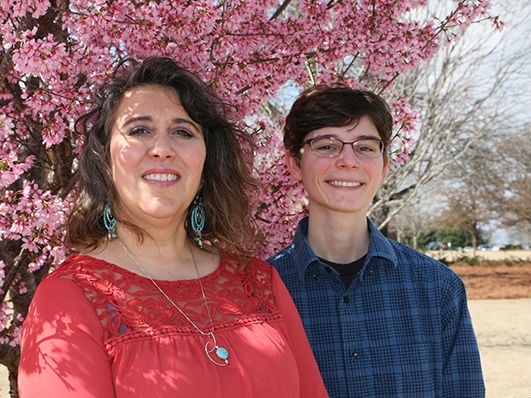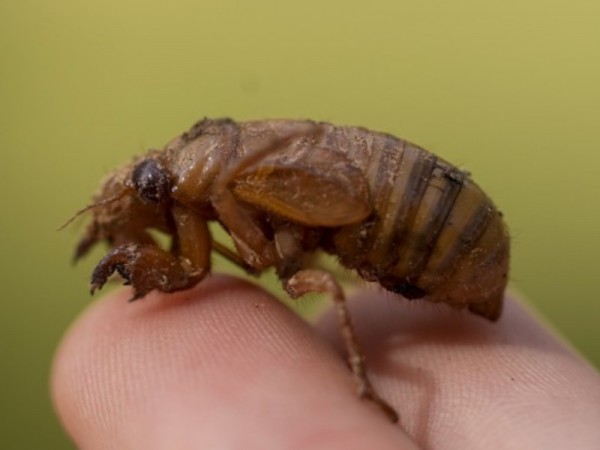What started out as a project for Dr. Allison Bailey's environmental communications class on the University of North Georgia's Gainesville Campus evolved into a joint effort by students to identify and map all of the trees on UNG's five campuses.
Because of these efforts, UNG earned the 2017 Tree Campus USA recognition by the Arbor Day Foundation for its commitment to effective urban forest management. This is the second time UNG has earned a Tree Campus USA designation, which honors colleges and universities and their leaders for promoting healthy trees and engaging students and staff in the spirit of conservation.
To celebrate this recognition, UNG will plant a tree April 27 at the Oconee Campus on Arbor Day.
Obtaining the Tree Campus USA distinction is no easy task. Schools must meet five core standards for effective campus forest management: a tree advisory committee, a campus tree-care plan, dedicated annual expenditures for its campus tree program, an Arbor Day observance, and a student service-learning project.
UNG's application process began with a class project.
Bailey, associate professor of environmental studies with the Lewis F. Rogers Institute for Environmental and Spatial Analysis at UNG, explained students are required to conduct a service project involving mapping skills. In 2016, she gave her students choices, including identifying and mapping trees on the Gainesville Campus.
"We decided to do the tree inventory mapping," said Jessica Stehlin, who was part of the class in 2016.
The UNG senior majoring in environmental spatial analysis from Clermont explained seven students split up sections of the campus to identify and map 677 trees on the Gainesville Campus. Students used either a GPS unit or a GIS collector app on an iPad or smartphone to mark the location, then entered pertinent information, Stehlin said.
"They didn't just count the trees," Bailey said. "They documented their species. They saw if the tree was healthy or if it had a disease or a bug infestation."
Students shared the information with UNG's groundskeepers to alert them if a tree's branches were growing into power lines or if a tree was unhealthy.
Once all of the data was collected and shared with appropriate organizations, UNG applied for the Tree Campus USA designation and won in 2016.
The students did not limit their tree inventory project to the Gainesville Campus.
"The next semester, I had a class on the Cumming Campus and that class chose to do the tree mapping," Bailey said. "The students liked it so much that they encouraged other students to continue the project."
Stehlin also stayed involved to help Bailey and students on the Blue Ridge, Oconee and Dahlonega campuses. Bailey said Stehlin's commitment to the project has been invaluable.
"She has been volunteering her time to mentor the freshman and sophomores on how to use applications on their phones and how to collect data properly," Bailey said. "Hopefully our goal of having every tree inventoried will be reached this semester."
Bailey said the most gratifying part of the project has been seeing the students' knowledge expand.
"My favorite part is seeing how many students who didn't know anything about mapping trees and didn't' realize how many trees we have say, 'I've always walked between these two buildings and never noticed these trees before.'"
Future members of the UNG campus communities also benefit from the project.
"The real benefit is making sure we have adequate tree canopy for students," Bailey said. "It's so we don't become a concrete jungle."
Currently, 344 campuses across the United States have this designation.















